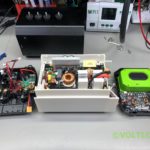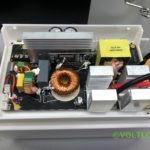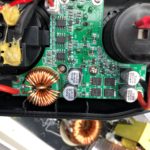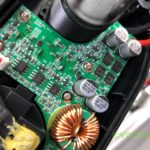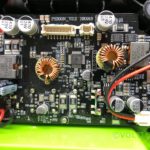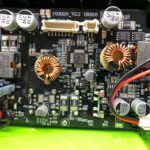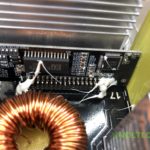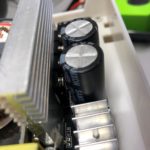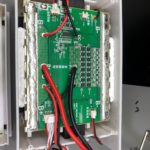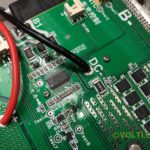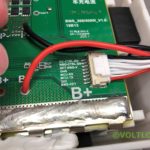Welcome to a new InTheMail, the most popular segment hosted here on the channel. It’s been quite a while since the last InTheMail so a lot of interesting stuff has been gathering in my special bin.
I’m gonna start the video with this lithium ion battery charger. If you remember this cheap cordless drill which I reviewed in voltlog 285, maybe you can remember that it had a pretty low cost battery charger which I sent to the DiodeGoneWild youtube channel for a teardown. So ever since then I’ve been charging this on one of my bench power supply units which is not very convenient because I can’t take it with me everywhere I go. So I’ve started searching on Aliexpress for a little more quality in one of these adapters and after many tries, I’ve found this model which doesn’t have any indication of being higher quality other than being different and slightly more expensive than other listings so I said why not give it a try, do a quick teardown to see how it’s built, maybe I can find something better that can also work as a recommendation for other people looking for something similar.
My next item is yet another Power supply unit, this time, it’s one that has all of the regulatory approvals and it should be of higher quality coming from meanwell. This is a 12V 2A, so 24W total, model number is HDR-30-12 and the main feature of this is that it’s DIN rail compatible and I plan to use this at some point to further expand my home automation project with some solenoid valve control. I’ve bought mainly to evaluate the quality. I haven’t yet decided if I should use 12V or 24V, also depending on the type of valves that I will be using but generally speaking 24V would be nicer because it could transfer energy more efficiently over the wires that I’ll be using. This is DC output so again, depending on the type of solenoid valve, those might require AC power so I might need a different power supply for that but when I bought this I was really thinking of using it with my servo project which needs DC power. Either way it’s going to be a useful power supply to keep around.
